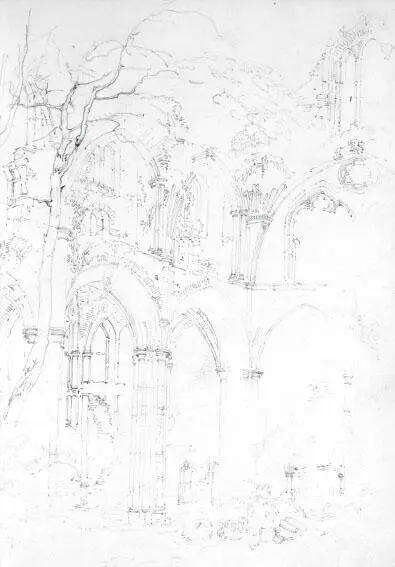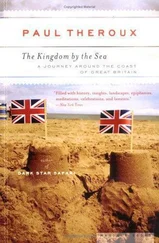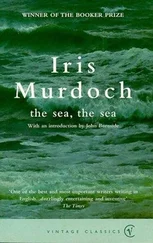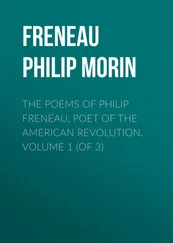The first recorded settlement here was Roman – the port of Clausentum – followed by Anglo-Saxon Hamwic; Southampton translates out of Old English as ‘south home town’. Sholing, where I live, barely existed until modern times: its name is a contraction of ‘Shore Land’; its neighbour, Netley, means ‘wet wood’. Until the nineteenth century, this was common land, coursed by a Roman road and scattered with tumuli and cottages; an oddly isolated area, separated from the rest of Hampshire on three sides by rivers and the sea. Troops trained here; shanty towns of huts were set up for navigators working on the railway line and the sprawling military hospital. Their presence may have been why this place became known as Spike Island, a slur on its itinerant population of travellers and horse-traders, and a wry reference to a notorious penal colony of the same name in Ireland’s Cork Harbour, Inis Pich. There was a wildness to this heathland. One corner was named Botany Bay, after the destination of the transportees who were held there – as their Irish counterparts were in Cork Harbour – before being shipped out to the ends of the earth.
Even now, this eastern side of Southampton Water can feel insular, outcast. A place through which to pass, rather than to stop at for its own sake. There’s a sense that anything could happen here and already has, caught up in the flow of changing tides and people and animals and beginnings and endings, the obscure currents of history.
Recently, I flew home after spending some days on the banks of a Scottish sea-loch. The north had been dramatic, monumental, with rivers of mist running down granite valleys, falling like dry ice into the still, deep water from which the mountains rose on the other side, blue-purple and faintly oppressive. The skies were overcast by the damp Gulf Stream and second-hand winds from the Caribbean. Flying back south, I felt an immense lifting of the atmosphere as the sun broke through the clouds and the plane banked over Southampton.
In those few minutes I saw the past and present unroll beneath me, as in a camera obscura. The horizon had vanished, to be replaced by a careering view, as chaotic as it was ordered. The plexiglass porthole filtered the light like a prism, and gave the scene a watery air. I might have been looking out from the side of a ship or even from a submarine.
Down there, somewhere, was my house, sheltered by trees and shrubs. To the south lay the sea, a broad strip of blue-green bordered by yellow shingle. As the plane flew over the beach I knew so well, but could hardly recognise from this angle, it turned back from the forest and into the heart of the docks, passing monumental cranes and ocean liners lined up like bath toys, swimming pools shimmering in the sun. Then it flew over the bridge that connects one side of the city to the other, over the school I first attended more than four decades ago.
The afternoon sun lent it all a glowing sheen, highlighting every reflective surface. Even the scrapyard and its defunct cars reduced to metal screes acquired an allure, shining like piles of iron filings. Seeing all this laid before me, even after only a few days away, made me intensely happy and profoundly sad, its streets and shores so familiar that they seemed extensions of my own body. Finally, descending to the airport, we touched down on southern soil once more.
This suburban sea is a living thing, ever shifting as it is contained. Everything seems open to the light, some subtle combination that has never been seen before and will never be seen again: the sun forced from under a bank of cloud, a pure white egret like a flapping appar-ition, a pair of mute swans gliding close to shore. Even on the dreariest days, the most forlorn afternoons, it’s never not beautiful here. The slow surging waves seem to be suppressed by the mist, yet every sense is heightened. I can smell the forest across the water. Sound behaves differently; with no buildings to bounce from, it spreads over the surface and soaks back into the sea.
Black-headed gulls, barely more than pale smears, splash their heads and wings. Unresolved shapes drift by. Everything coalesces, caught in a dreamy, half-hallucinatory loop. There are shadows under the water as it withdraws over weed and rusty outfall pipes. A distant yacht becomes a silent white smudge. A fall of black crows scatter in the murk. The saturated greens and browns of grass and leaves turn the colour balance awry, in the way that reds and greens take on an eerie vividness before a storm, when the pressure appears to affect the light itself.
My time is determined by the ebb and flow. At low tide, the beach is an indecent expanse laid bare by retreat, more like farmland than anything of the sea: an inundated field, almost peaty with sediment, as much charcoal as it is sludge.
Bait-diggers leave little piles by their sides like slumped sandcastles. With their buckets and spades, they might as well be burying as disinterring, these sextons of the shore. Standing over them is an outfall marker in the shape of an X, which has turned to become a cross. In the uncertain light, the mud takes on new colours, from black to taupe and even a kind of rubbed silver.
As I say, it is never not beautiful here.
Behind me, bare oaks and beeches lie as cracks against the sky, evoking a peculiarly English landscape. In the late eighteenth century, Turner drew the abbey’s ruins in his sketchbook, tracing out the trees that had grown up around the crumbling gothic arches. In 1816 John Constable stayed at Netley on his honeymoon, and painted its scudding clouds and billowing greenery. Theirs were records of a Romantic setting, an alternative reality of sensation and emotion. Hanging over the shore, the gnarled, enamelled branches are made darker by the reflected light of the sea and the stretch of bright shingle. My shortening eyesight renders it all abstract, blurring the scene like Turner’s evocations of nothingness, with their vague shapes that might be waves or whales or slaves tossed overboard, rising and falling in foam with ‘a sort of indefinite, half-attained, unimaginable sublimity about it that fairly froze you to it’, as Ishmael says in Moby-Dick , ‘until you involuntarily took an oath with yourself to find out what that marvellous painting meant’.

That fixity of sea and sky is a supreme deception. Over it lies what Herman Melville called the ocean’s skin – a permeable membrane, one-sixteenth of a millimetre thick, fertile with particles and micro-organisms and contaminants; a fantastically fragile yet vast division. The horizon is only an invention of our eyes and brains as we seek to make sense of that immensity and locate our selves within it. The sea solicits such illusions. It takes its colour from the clouds, becomes a sky fallen to the earth; it only suggests what it might or might not contain. Little wonder that people once thought the sun sank into the sea, just as the moon rose out of it.
Not many artists come here now to see the sun set or the moon rise. Netley’s beach is hardly thronged with easels, and Turner and Constable left long before the refinery turned the shore spiky with petro-chemical romance. Perhaps the strangest thing about this massed industry is its absence of sound, at least at this distance, both innocent and ominous at the same time, although occasionally the plant emits a dull indefinable roar, like a giant stirring in its sleep.
This is a place both dead and alive. Being here, in or by the water, at either end of such a cold, closed-down day makes me physically part of it. A crested grebe pops up, charting the shallows for its prey. It arches its neck to dive again, as I swim towards it. A jumpy, almost nervous plunge, a little leap forward, then it’s gone.
Читать дальше













